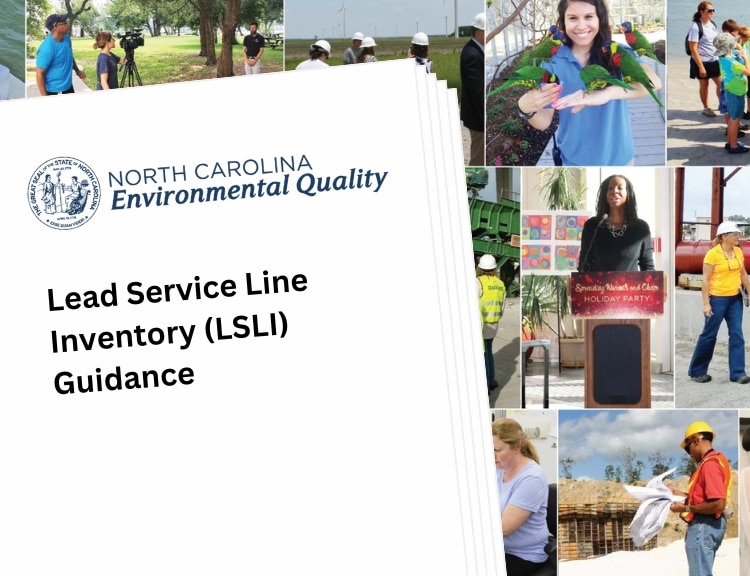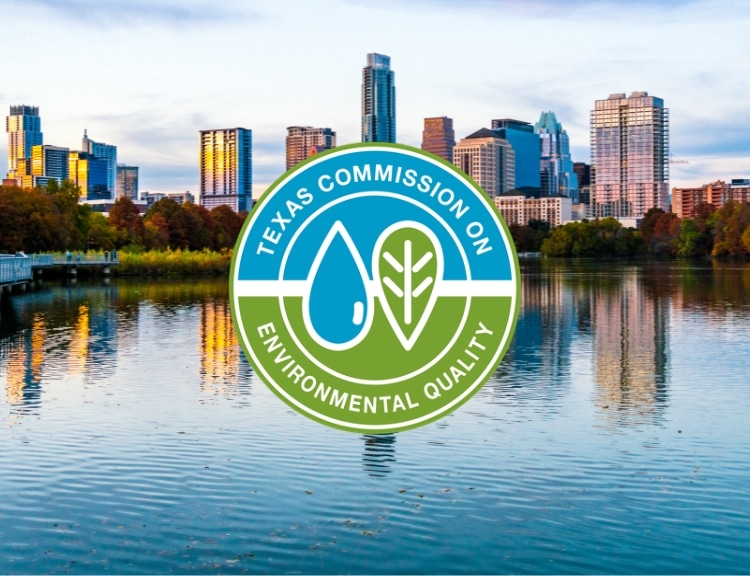North Carolina’s Department of Environmental Quality (NCDEQ) recently released updated Lead Service Line Inventory (LSLI) Guidance that outlines the requirements for utilizing statistical methods and predictive modeling to classify service line materials. BlueConduit applauds NCDEQ for providing water systems with clear guidance well ahead of the October 16, 2024 compliance deadline and for following BlueConduit’s recommended best practices for statistical methods for LSLI (which are also cited in the EPA’s LSLI guidance).
There are 4 core elements of the NCDEQ’s LSLI guidance, as it relates to statistical methods and predictive modeling: 1) guidance for water systems with no lead, 2) guidance for water systems with lead, 3) guidance on number of physical verifications required, and 4) approval and reporting requirements for all water systems utilizing statistical methods and predictive modeling.
1) Guidance for water systems with no lead
For North Carolina water systems that do not anticipate finding any lead or galvanized-requiring-replacement service lines, the NCDEQ has approved the use of statistical methods to classify all unknowns in the system as ‘Non-Lead.’ To utilize this approach, water systems must be able to show, statistically based on a representative sample, that there is unlikely to be lead or GRR lines within the system. The guidance states,
“If a water system can demonstrate that there are no lead service lines and no galvanized requiring replacement service lines in the random sample set, then a statement can be released regarding the probability of all remaining unknown service lines being non-lead. The statement should be formatted as “With 95% confidence we can conclude we have fewer than 1% of service lines containing lead.” These service lines can be classified as “Non-Lead” in the initial lead service line inventory.”
2) Guidance for water systems with lead
For North Carolina water systems that have known or anticipated lead or GRR service lines, NCDEQ guidance approves the use of predictive modeling to classify the service line material for unknown lines using prediction thresholds set by the state. As of writing, North Carolina is the only state to establish statewide, formal thresholds for material classification in the LSLI.
For service lines with a predicted <=10% likelihood of lead, water systems can classify the service line material as “Non-Lead.” For service lines with a predicted >=80% likelihood of lead, water systems can classify the service line material as “Lead.” For all other predicted values, service line material classifications must remain unknown, following the chart below:

3) Guidance on number of physical verifications required
To use statistical methods or predictive modeling for material classification in the LSLI, water systems must follow NCDEQ’s guidance on the number of physical verifications required to drive the analysis. For water systems with fewer than 1,500 unknown service lines (water system or customer owned), they are required to physically inspect “at least 20 percent of the total number of unknown service lines.” For water systems with >5,000 unknowns, they are required to “physically verify enough service lines to reach a 95 percent confidence level.”
To ensure representative sampling across all unknowns as well as the entire water system, water systems must start with a random sample of service lines for inspection and then adjust the sample to ensure representativeness across multiple strata including year built, geographic location, customer-owned vs city-owned mix of unknowns, and environmental justice factors. BlueConduit recommended this approach to North Carolina and other states; it mirrors our internal best-in-class approach to ensuring representativeness in sampling.
4) Approval and reporting requirements for all water systems
Water systems utilizing statistical methods or predictive modeling for material classification in the LSLI are required to submit a plan for pre-approval to NCDEQ that includes the project approach and an explanation of how the water system will account for various types of data and representativeness factors. After completing the LSLI, the water system must also submit a Statistical Method Report to NCDEQ outlining the project scope and findings. The Statistical Methods Report must be submitted for review and approval prior to final submission of the inventory spreadsheet.
BlueConduit is proud to support North Carolina water systems as they navigate the NCDEQ’s robust statistical methods and predictive modeling guidance to ensure, with the highest possible confidence, compliance with NCDEQ’s guidance and the most efficient identification and removal of lead service lines for all North Carolina communities.
Want to learn more about using statistical methods and predictive modeling to classify service line materials for the LSLI in North Carolina (or other states)? Get in touch!






